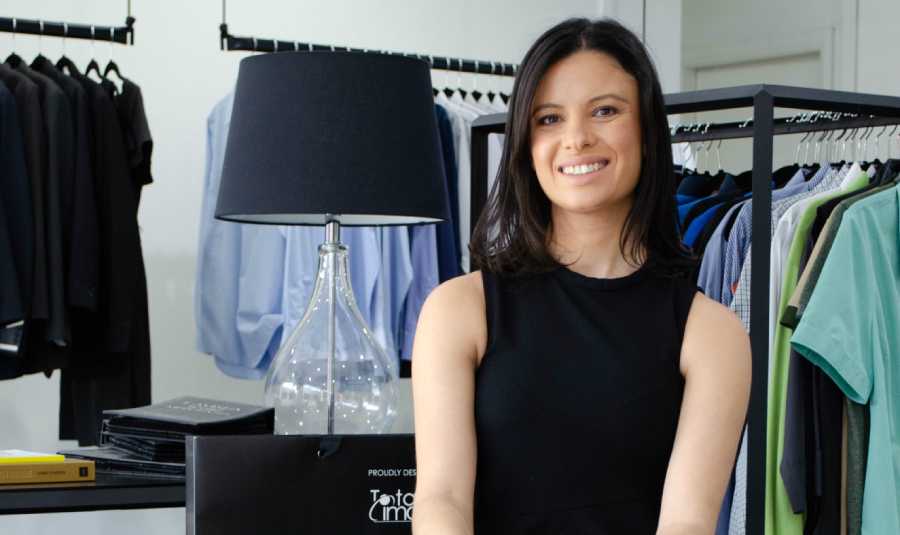COVID uniform trends and what the future looks like

Frontline health care workers not only support the most vulnerable members of our community but play a key role in defending against transmission of infectious diseases including COVID-19. It is crucial we provide them with comfortable, user-friendly tools to achieve this – now and into the future.
While office workers sat back at home in their activewear and slippers, hospital and healthcare workers have seen renewed focus on their attire.
While PPE is the most obvious of these tools, uniforms play a central role in the pandemic-response arsenal – impacting everything from infection control to patient experience.
Understanding what has changed – and why – since COVID entered our vernacular provides strong indicators as to what the future looks like.
Infection control
When it comes to linking infection control and mortality, the proof is well and truly in the pudding.
ABS data analysing excess mortality rates during the pandemic found that Australia’s death rate fell “significantly lower than expected” between 1 June and mid-July 2020, despite the winter months usually recording a spike in the national death rate.
“These decreases provide insights into how public health measures put in place to manage the COVID-19 pandemic have impacted on mortality,” it noted.
Mask-wearing is perhaps the most visible of these health measures. The use of medical and multi-layered fabric masks beyond the surgical environment have helped the fight against not only COVID-19, but other illnesses too, including common influenza.
Clothing fibres are also more important. They must now be more durable, able to withstand the more diligent and regular exposure to soaps and sanitisers. Organisations are also increasingly searching out antimicrobial options as another line of defence.
Human psychology
People feel safe with the familiar. That’s especially true of aged care residents and hospital patients, and even those who are responsible for their care.
Throw in the uncertainties of a global pandemic and presenting some sense of normality and familiarity becomes a vital component of quality care.
Many providers have opted to rollout customised masks in their colours and styles, complementing their uniforms. In doing so, they make mask-wearing less confronting or stressful; they simply become an extension of the already recognisable uniform.
Employees may even be more compliant in mask-wearing if they look and feel like a standard part of their uniform.
Visibility has also become important where staff are involved in COVID quarantine. For several organisations, we have produced different coloured uniforms that are otherwise consistent with established ones.
It is a simple yet reliable, cost-effective, and contact-free means of rapid identification for everyone they encounter.
Reliability
Perhaps a less visible change – especially to those on the frontline – has been the shift in how uniforms and PPE are sourced.
Healthcare providers are now much more particular about knowing who they deal with to fulfil their requirements. They are seeking out suppliers who:
- Are properly accredited.
- Have the established reputation and dependability to deliver garments within Australia in the face of soaring global demand.
- Have reliable supply chains in place.
- Produce superior quality garments capable of surviving the rigours of intensive cleaning processes.
Pre-COVID, these factors may have been considered a ‘nice-to-have’; now, they are non-negotiable.
What does the future look like?
It is difficult to see how any of these shifts in healthcare worker attire could be anything other than permanent.
Australia has learned through practice that greater infection control beyond previously accepted standards is both achievable and effective. We have developed more reliable supply chains.
Crucially, though, these feats have been achieved with minimal disruption to everyday life for the sick and the frail. Changes implemented have simply been an extension of what used to be rather than a drastic overhaul.
And patients, residents, and staff right across the sector will continue to be healthier (and, dare I say, happier) as a result.
Written by Pamela Jabbour.
Add CEOWORLD magazine to your Google News feed.
Follow CEOWORLD magazine headlines on: Google News, LinkedIn, Twitter, and Facebook.
Copyright 2024 The CEOWORLD magazine. All rights reserved. This material (and any extract from it) must not be copied, redistributed or placed on any website, without CEOWORLD magazine' prior written consent. For media queries, please contact: info@ceoworld.biz









